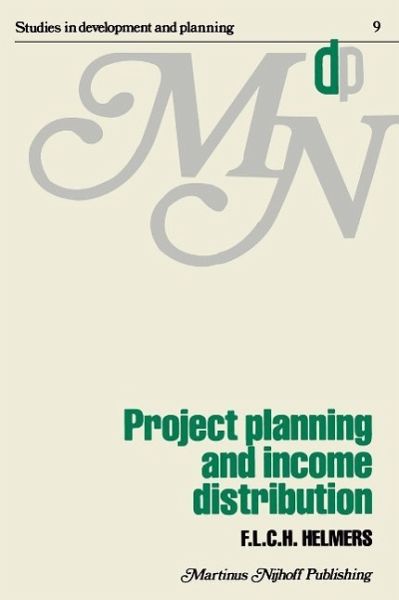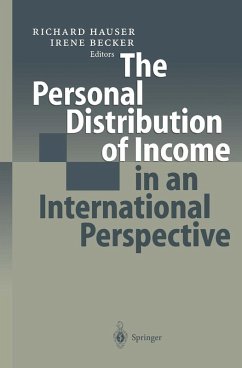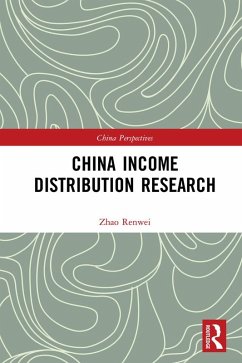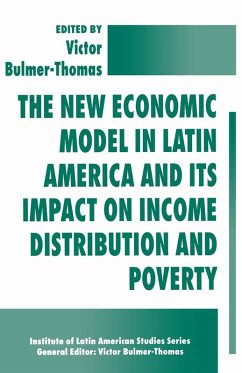
Project planning and income distribution (eBook, PDF)
Versandkostenfrei!
Sofort per Download lieferbar
40,95 €
inkl. MwSt.
Weitere Ausgaben:

PAYBACK Punkte
20 °P sammeln!
In the past few years several manuals dealing with project planning for the developing countries have been published. One may therefore ask why another study on this subject has been written. The answer is that the manuals, in my opinion, do not deal adequately with the income distribution aspects of projects. This study was written to demonstrate how traditional project plan ning criteria can be expanded to include income distribution considerations. Part I of the study (Chapters I through 6) discusses conventional project planning criteria. Chapter I serves as an introduction by reviewing so...
In the past few years several manuals dealing with project planning for the developing countries have been published. One may therefore ask why another study on this subject has been written. The answer is that the manuals, in my opinion, do not deal adequately with the income distribution aspects of projects. This study was written to demonstrate how traditional project plan ning criteria can be expanded to include income distribution considerations. Part I of the study (Chapters I through 6) discusses conventional project planning criteria. Chapter I serves as an introduction by reviewing some of the broader principles of the analysis. Chapters 2 and 3 examine in detail the valuation of benefits and costs, paying particular attention to the problems that arise in making such valuations in developing countries. While Chapter 4 is concerned with the rules to be followed for maximizing the net benefits of a single project, Chapter 5 reviews the techniques for maximizing the net benefits of a series of projects. Chapter 6 deals with a number of different topics, ranging from the practical problems posed by linkages and externalities to an examin ation of the usefulness of international lending agencies and problems related to divergencies from situations of internal and external balance. Part II is concerned with income distribution, and begins in Chapter 7 with a review of the concept of a social welfare function.
Dieser Download kann aus rechtlichen Gründen nur mit Rechnungsadresse in A, B, BG, CY, CZ, D, DK, EW, E, FIN, F, GR, HR, H, IRL, I, LT, L, LR, M, NL, PL, P, R, S, SLO, SK ausgeliefert werden.












